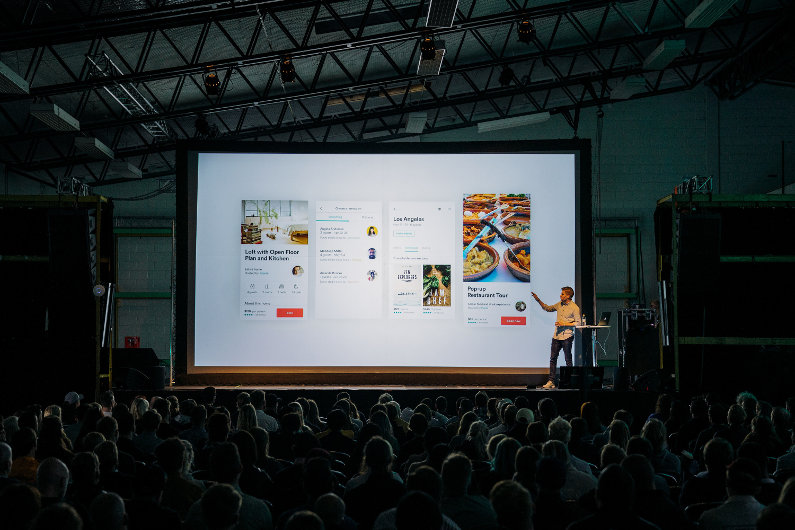In every job, especially in the realm of business, employees will likely be required or asked to give a presentation to customers, clients, or partners. Planning for any type of public-speaking engagement—whether it is a conference presentation or a public lecture—can be stressful and bring about undue amounts of anxiety. No matter the amount of preparation you do, it is challenging to simultaneously be articulate, engaging, and informational.

Fortunately, there are certain steps you can take to ensure that you are prepared for the presentation and are able to effectively deliver it to your audience. If your goal is to keep your audience engaged from start to finish, you will want to consider the best ways to maintain their attention and even get them to interact or respond to you. When designing a top-quality presentation, here are 3 steps you can take that will lead to your success:
Prepare Your Visual Aids
It’s a well known fact in psychology that visual cues help people to both retrieve and retain information. When you are preparing a presentation, you should keep this fact in mind and create several visual aids—like whiteboards, flip charts, videos, handouts, or over-head projectors—to enhance the information you will deliver. In today’s market, state-of-the-art projectors under $500 make it easy to add this feature to your presentation for the benefit of exciting an audience and holding their attention for a relatively inexpensive price.
Know Your Venue
There is nothing more frustrating than arriving to give your presentation and discovering that the venue does not have the cables, outlets, or space that you need. If you are presenting at a new venue that you have never been to, you will want to find out as much information in advance as you can to eliminate any last-minute issues from arising. What size is the stage? Do you need a microphone? Is there Wi-Fi in the space? Knowing the answers to these types of questions will guarantee that everything runs smoothly on presentation day.
Understand the Audience
Besides preparing the external materials for the presentation, like visual aids and the venue, you should also consider your specific audience. Delivering relevant, timely, and industry-appropriate material is just as important as any other part of your preparation. The more information you have about your potential audience, the more you can tailor your presentation to comply with their interests and needs. You may even consider sending a preliminary or follow-up survey to audience members to gain helpful, additional information.
By integrating these three steps into your preparation, you can be sure to deliver an effective, enticing speech that will have an impact and keep the audience thoroughly engaged.




